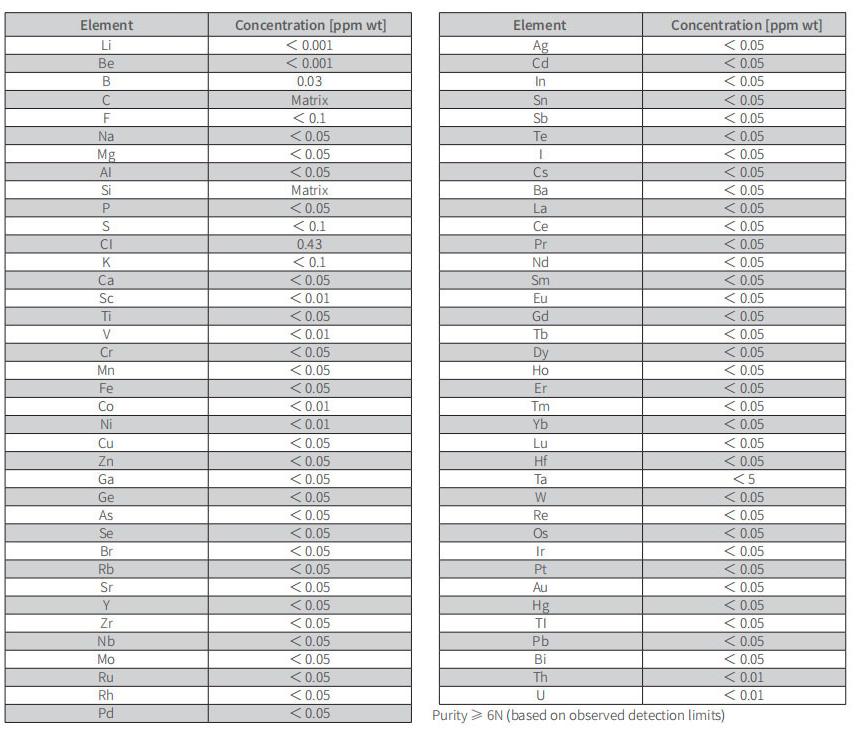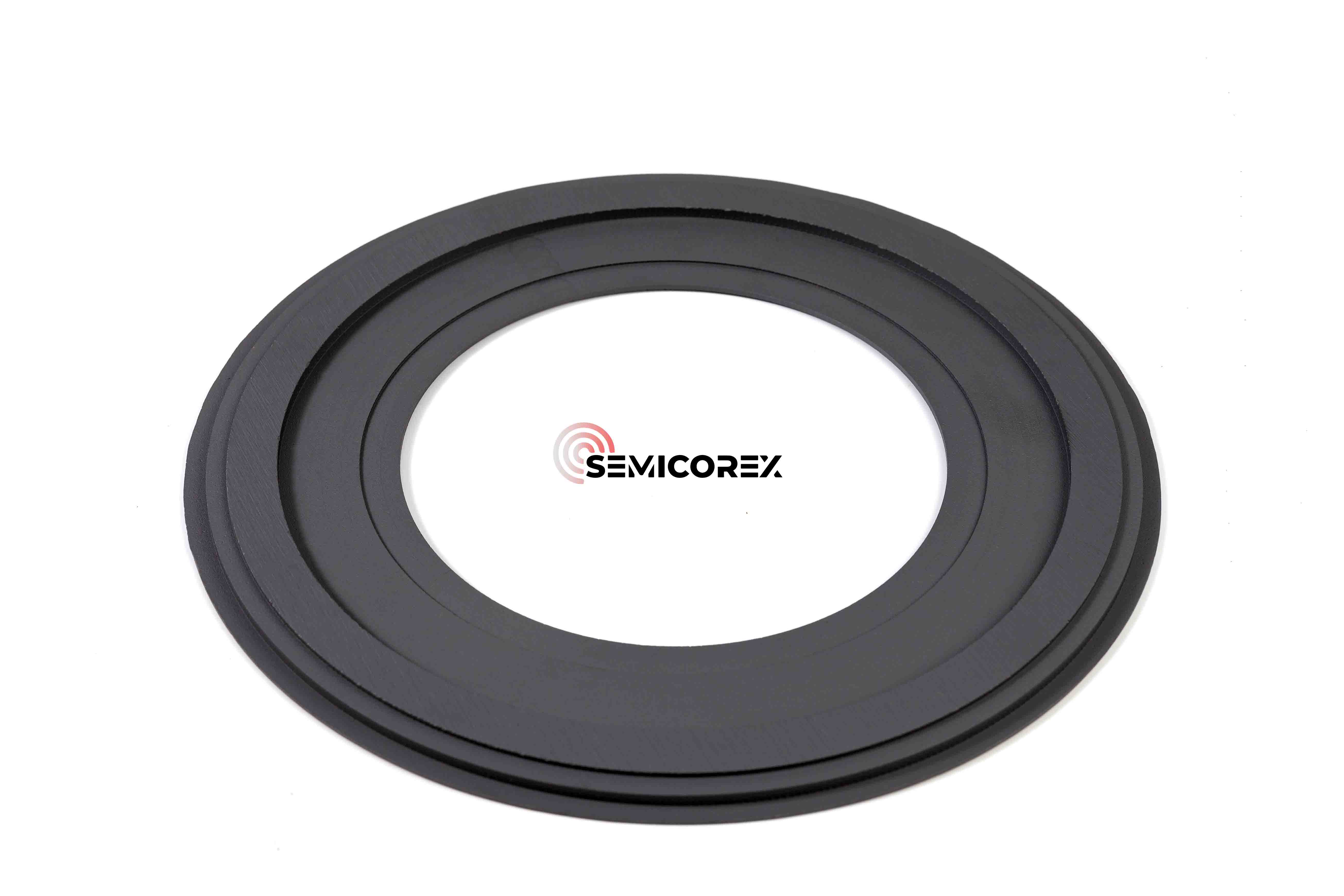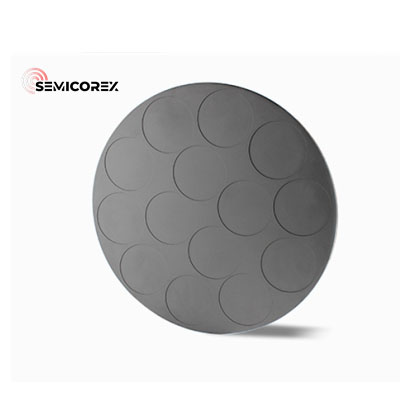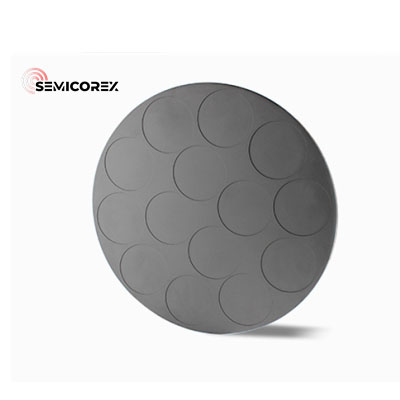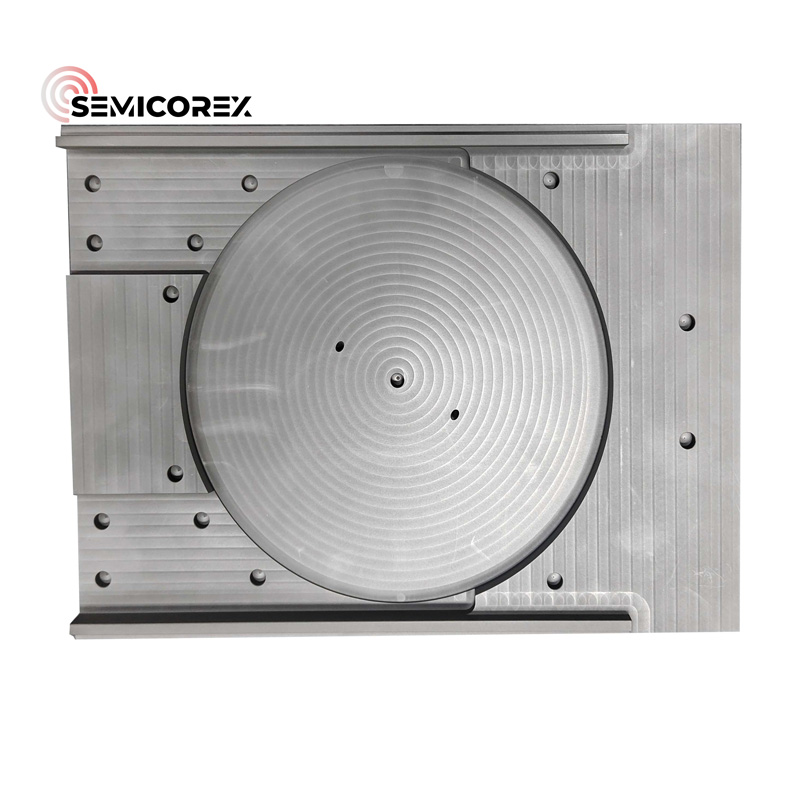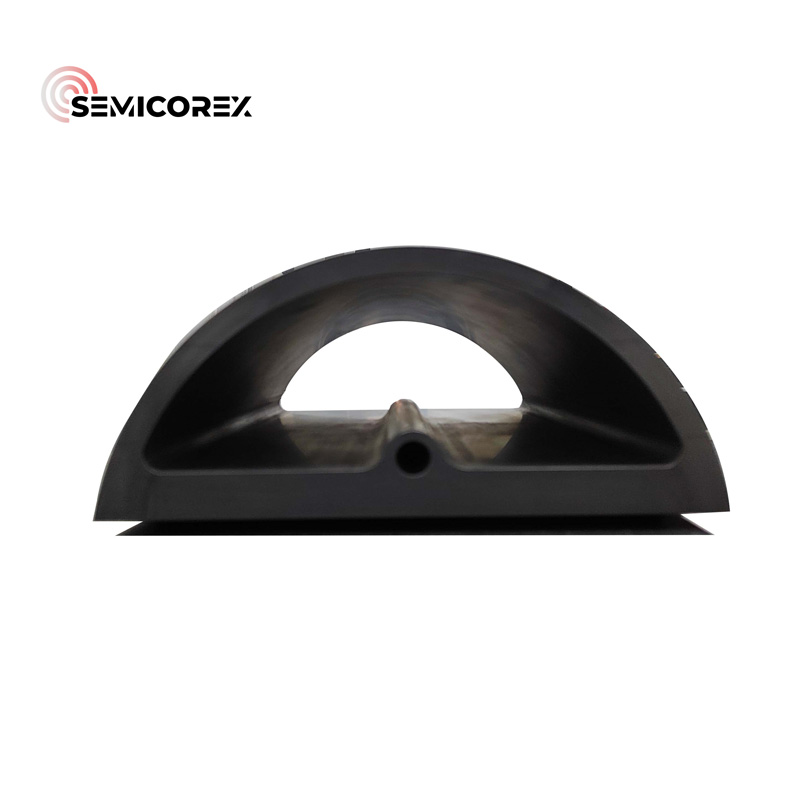
- English
- Español
- Português
- русский
- Français
- 日本語
- Deutsch
- tiếng Việt
- Italiano
- Nederlands
- ภาษาไทย
- Polski
- 한국어
- Svenska
- magyar
- Malay
- বাংলা ভাষার
- Dansk
- Suomi
- हिन्दी
- Pilipino
- Türkçe
- Gaeilge
- العربية
- Indonesia
- Norsk
- تمل
- český
- ελληνικά
- український
- Javanese
- فارسی
- தமிழ்
- తెలుగు
- नेपाली
- Burmese
- български
- ລາວ
- Latine
- Қазақша
- Euskal
- Azərbaycan
- Slovenský jazyk
- Македонски
- Lietuvos
- Eesti Keel
- Română
- Slovenski
- मराठी
- Srpski језик
Epitaxy Wafer Carrier
Semicorex Epitaxy Wafer Carrier provides a highly reliable solution for Epitaxy applications.The advanced materials and coating technology ensure that these carriers deliver outstanding performance, reducing operational costs and downtime due to maintenance or replacement.**
Send Inquiry
Applications: The Epitaxy Wafer Carrier, developed by Semicorex, is specifically designed for use in various advanced semiconductor manufacturing processes. These carriers are highly suitable for environments such as:
Plasma-Enhanced Chemical Vapor Deposition (PECVD): In PECVD processes, the Epitaxy Wafer Carrier is essential for handling the substrates during the thin-film deposition process, ensuring consistent quality and uniformity.
Silicon and SiC Epitaxy: For silicon and SiC epitaxy applications, where thin layers are deposited on substrates to form high-quality crystalline structures, the Epitaxy Wafer Carrier maintains stability under extreme thermal conditions.
Metal-Organic Chemical Vapor Deposition (MOCVD) Units: Used for fabricating compound semiconductor devices like LEDs and power electronics, MOCVD units require carriers that can sustain the high temperatures and aggressive chemical environments inherent to the process.
Advantages:
Stable and Uniform Performance at High Temperatures:
The combination of isotropic graphite and silicon carbide (SiC) coating provides exceptional thermal stability and uniformity at high temperatures. The isotropic graphite offers consistent properties in all directions, which is crucial for ensuring reliable performance in the Epitaxy Wafer Carrier used under thermal stress. The SiC coating contributes to maintaining uniform thermal distribution, preventing hot spots, and ensuring that the carrier performs reliably over extended periods.
Enhanced Corrosion Resistance and Extended Component Life:
The SiC coating, with its cubic crystal structure, results in a high-density coating layer. This structure significantly enhances the Epitaxy Wafer Carrier’s resistance to corrosive gases and chemicals typically encountered in PECVD, epitaxy, and MOCVD processes. The dense SiC coating protects the underlying graphite substrate from degradation, thereby prolonging the carrier’s service life and reducing the frequency of replacements.
Optimal Coating Thickness and Coverage:
Semicorex utilizes a coating technology that ensures a standard SiC coating thickness of 80 to 100 µm. This thickness is optimal for achieving a balance between mechanical protection and thermal conductivity. The technology ensures that all exposed areas, including those with complex geometries, are uniformly coated, maintaining a dense and continuous protective layer even in small, intricate features.
Superior Adhesion and Corrosion Protection:
By infiltrating the upper layer of graphite with SiC coating, the Epitaxy Wafer Carrier achieves exceptional adhesion between the substrate and the coating. This method not only ensures that the coating remains intact under mechanical stress but also enhances corrosion protection. The tightly bonded SiC layer acts as a barrier, preventing reactive gases and chemicals from reaching the graphite core, thus maintaining the structural integrity of the carrier over prolonged exposure to harsh processing conditions.
Capability to Coat Complex Geometries:
The advanced coating technology employed by Semicorex allows for the uniform application of the SiC coating on complex geometries, such as small blind holes with diameters as small as 1 mm and depths exceeding 5 mm. This capability is critical for ensuring the comprehensive protection of the Epitaxy Wafer Carrier, even in areas that are traditionally challenging to coat, thereby preventing localized corrosion and degradation.
High Purity and Well-Defined SiC Coating Interface:
For processing wafers made of silicon, sapphire, silicon carbide (SiC), gallium nitride (GaN), and other materials, the high purity of the SiC coating interface is a key advantage. This high-purity coating of the Epitaxy Wafer Carrier prevents contamination and maintains the integrity of the wafers during high-temperature processing. The well-defined interface ensures that thermal conductivity is maximized, enabling efficient heat transfer through the coating without any significant thermal barriers.
Function as a Diffusion Barrier:
The SiC coating of the Epitaxy Wafer Carrier also serves as an effective diffusion barrier. It prevents the absorption and desorption of impurities from the underlying graphite material, thereby maintaining a clean processing environment. This is especially important in semiconductor manufacturing, where even minute levels of impurities can significantly impact the electrical characteristics of the final product.
|
Main Specifications of CVD SIC Coating |
||
|
Properties |
Unit |
Values |
|
Structure |
FCC β phase |
|
|
Density |
g/cm ³ |
3.21 |
|
Hardness |
Vickers hardness |
2500 |
|
Grain Size |
μm |
2~10 |
|
Chemical Purity |
% |
99.99995 |
|
Heat Capacity |
J·kg-1 ·K-1 |
640 |
|
Sublimation Temperature |
℃ |
2700 |
|
Felexural Strength |
MPa (RT 4-point) |
415 |
|
Young's Modulus |
Gpa (4pt bend, 1300℃) |
430 |
|
Thermal Expansion (C.T.E) |
10-6K-1 |
4.5 |
|
Thermal Conductivity |
(W/mK) |
300 |
